Butterflies are attracted to gardens rich in nectar and shelter, making it easy for them to thrive among your existing flowers and shrubs. By incorporating a variety of butterfly plants into your landscape, you can create a sanctuary that’s perfect for these delicate creatures. As the most beautiful beneficial insects in the world, butterflies bring color and life to your yard. To get started, consider adding milkweed, which comes in a range of blooming colors.
This stunning collection is available here. Once you’ve got your butterfly-friendly plants in place, be sure to check out our other gardening tips and inspiration for creating the perfect butterfly garden.
Azaleas
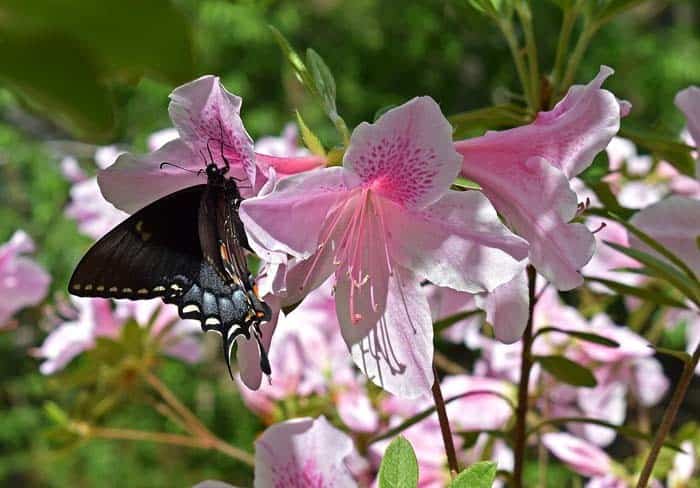
For those living in regions where swallowtail butterflies thrive, incorporating azaleas into your garden landscape is a wise decision. Not only do these flowering shrubs boast vibrant, showy blooms that attract an array of fluttering visitors, but they also add a stunning visual element to your outdoor space. Azaleas can grow up to 5 feet in height, making them an ideal choice for larger gardens where ample space is available.
Bee Balm ( Monarda Fistulosa )
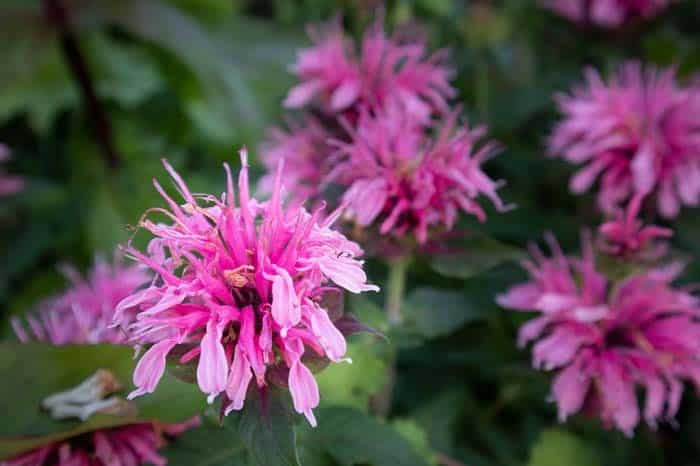
The scent of a bee balm plant is unmistakable – its sweet fragrance wafts through the air, making it easily identifiable. This fragrant appeal isn’t just limited to humans; butterflies are particularly drawn to the blooms, as well as bees and hummingbirds that are attracted by the nectar-rich flowers. Even small birds are known to visit the bee balm plant in search of a sweet treat.
Black-eyed Susan ( Rudbeckia )
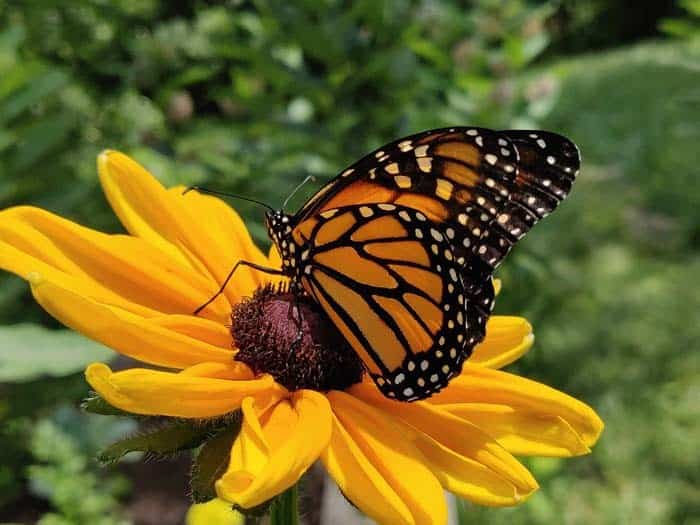
Enliven your garden with the vibrant charm of rudbeckia, commonly referred to as black-eyed Susan. The striking yellow blooms not only add a splash of color but also provide a reliable source of sustenance for butterflies, allowing them to feed without concern. Furthermore, rudbeckia plants are surprisingly low-maintenance and easy to cultivate, making them an excellent choice for gardeners of all levels.
Blue Mist Flower ( Conoclinium Coelestinum )
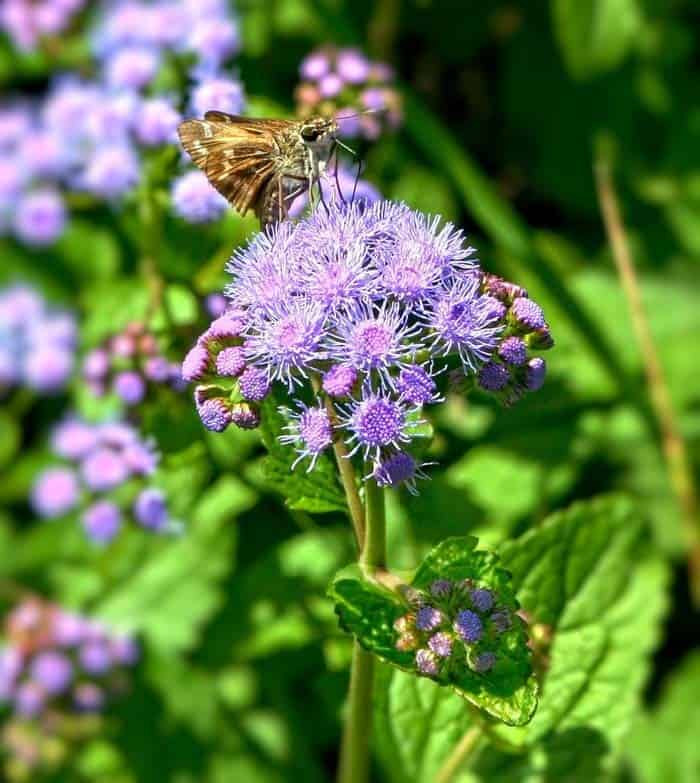
Enliven your outdoor space by cultivating the beauty of blue mist flowers. These stunning blooms boast feathery, delicate petals that emerge in the spring and remain vibrant until the fall. As an added bonus, they attract the majestic queen butterfly, characterized by its striking large wings and bold orange coloring. The result is a lush, thriving yard that’s both a haven for wildlife and a source of joy for you.
Blue Porterweed ( Stachytarpheta Jamaicensis )
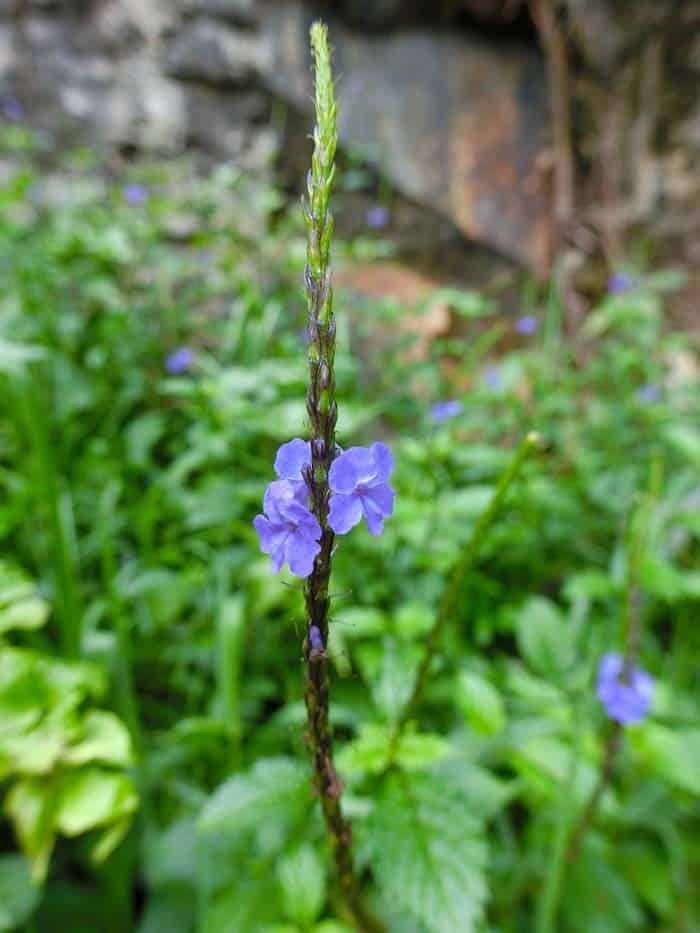
The Blue Porterweed plant boasts a rich nectar that attracts an impressive array of butterflies, making it a fantastic addition to any garden aiming to support a thriving butterfly population. Moreover, its leaves serve as a vital food source for Tropical Buckeye caterpillars, allowing you to nurture the entire life cycle of these fascinating creatures.
Furthermore, this versatile plant’s striking green stems and vibrant purple blooms make it an attractive ground cover option, providing both aesthetic appeal and functional benefits.
Butterfly Bush (Buddleia davidii)
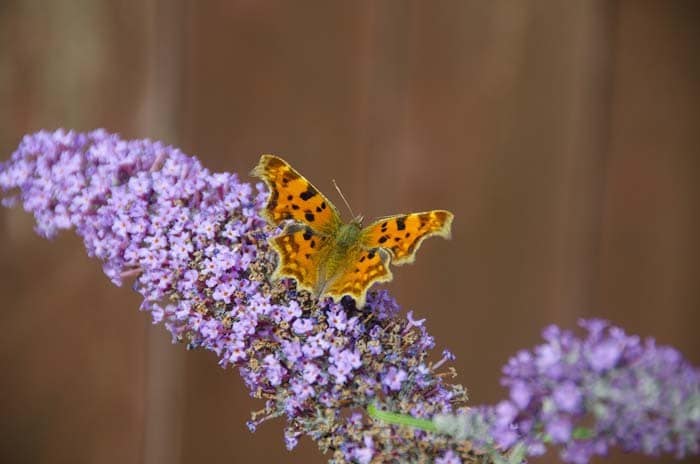
The Butterfly Bush is aptly named due to its stunning floral display that attracts a flurry of butterflies. The vibrant flowers cluster together in large groups, providing an irresistible treat for these delicate creatures. Interestingly, the light purple varieties seem to be particularly popular with the butterfly crowd.
While its beauty is undeniable, the Butterfly Bush also has a tendency to spread quickly, making regular deadheading crucial to keep it under control.
Chives (Allium schoenoprasum)
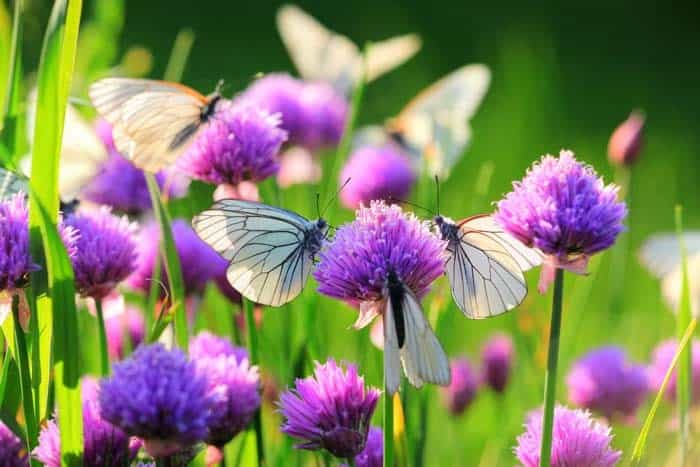
While chives may be a staple in many home chefs’ herb gardens, they also have an unexpected fan base – butterflies! As these herbs grow and bloom, they produce beautiful round flowers that serve as a nutritious food source for these delicate creatures. For those living in colder climates, consider planting the hardy garlic chive variety, which is well-suited to withstand harsh winter conditions.
Pale Purple Coneflower ( Echinacea Pallida )
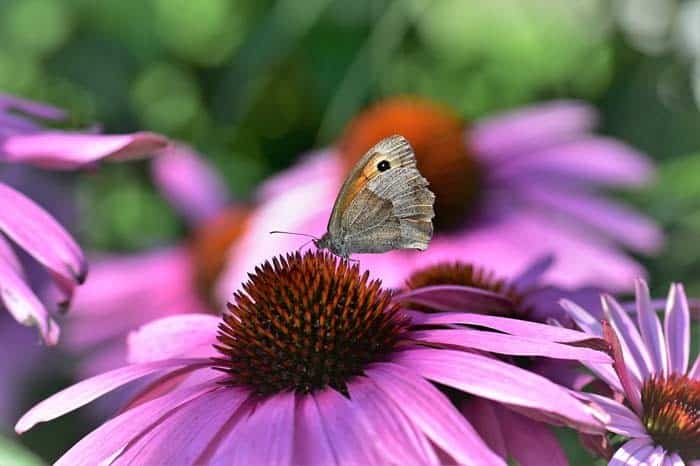
The pale purple coneflower is easily recognizable due to its distinctive cone-shaped center. This natural haven provides a perfect spot for butterflies to rest while savoring the sweet nectar, making it a paradise for pollinators like bees and butterflies. One of the best aspects of coneflowers is their low-maintenance nature, allowing you to sit back and enjoy the show as hummingbirds and other visitors flit from bloom to bloom.
Cosmos ( Cosmos Sulphureus )
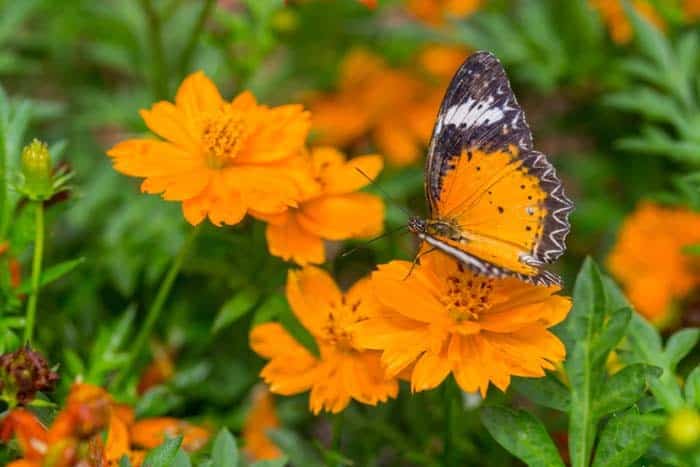
Looking to attract monarch butterflies to your garden? One simple and effective way is to plant cosmos flowers. These vibrant, colorful blooms not only add beauty to your outdoor space but also provide a valuable source of nourishment for these majestic creatures. The tiny tubular structures at the center of each flower are filled with sweet nectar that monarchs and other butterflies adore.
Cosmos are low-maintenance annuals that require minimal care, making them an ideal choice for busy gardeners or those new to gardening. As native plants, they play a crucial role in creating a natural habitat for monarchs and other wildlife, making your garden a haven for these beautiful butterflies.
Sapphire Flowers ( Duranta Erecta )
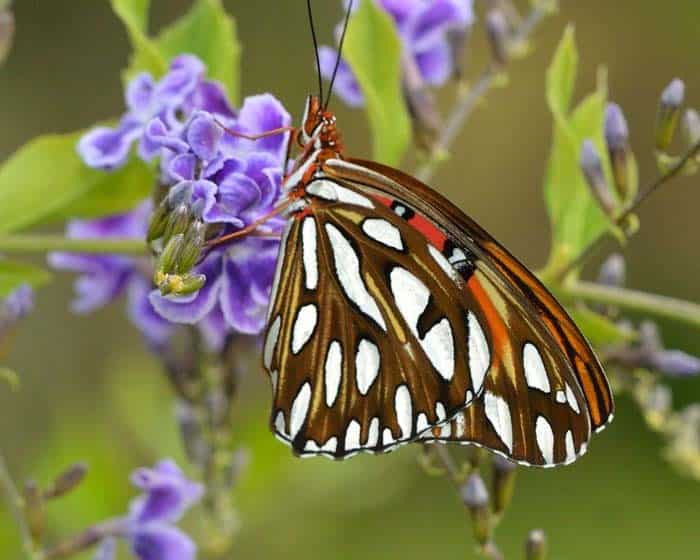
Sapphire flowers, a favourite among butterfly enthusiasts, are characterized by their cascading clusters of blooms that drape elegantly down vines. This versatile scrambling shrub is well-suited for training along fences or pergolas, where its beauty can be fully appreciated. What’s more, certain varieties produce vibrant yellow and orange berries, introducing an extra dimension of colour to your outdoor space.
Elderberry (Sambucus nigra)
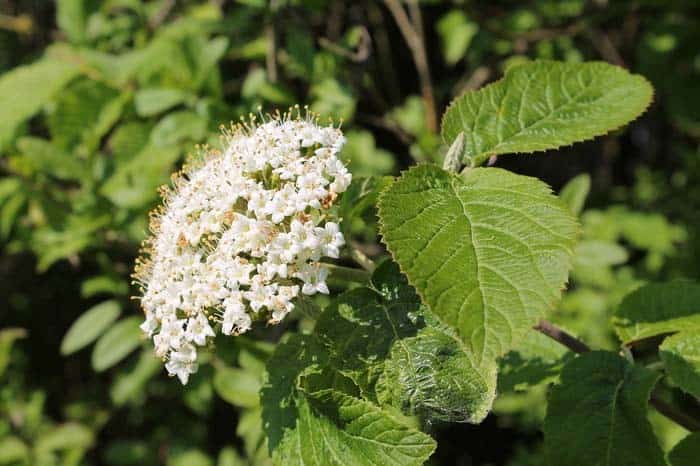
The elderberry plant is a delightful addition to any garden, providing a sweet treat not only for your family but also for butterflies and bees. The shrub produces an abundance of tiny flowers that form large clusters, attracting these pollinators with their intoxicating nectar. As the plant blooms, it yields berries ripe for creating delicious jelly and syrup. To keep your elderberry plants thriving, simply prune them back in the winter to encourage a robust return in the spring.
Fennel (Foeniculum vulgare)
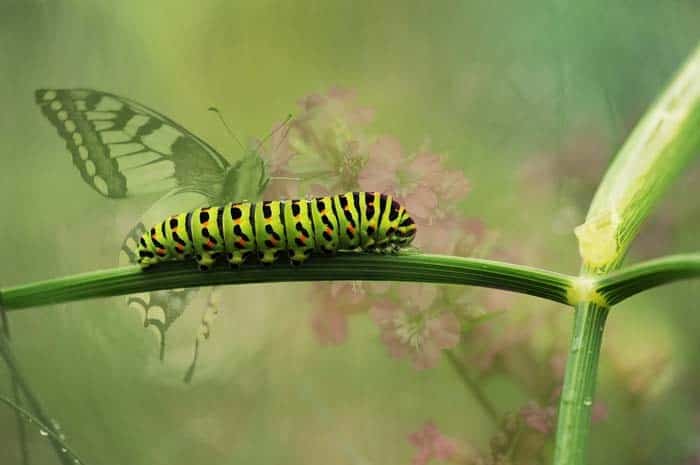
For those living in regions where native swallowtail caterpillars thrive, cultivating fennel in your garden can be a game-changer. The leaves of this versatile herb serve as a prime source of sustenance for the young insects, while its robust growth provides a cozy shelter and natural habitat. As the weeks pass, you’ll likely witness the emergence of stunning butterflies, adding to the beauty of your outdoor space.
In the meantime, fennel’s mild anise flavor can be incorporated into fresh salads or used to elevate the flavors in traditional Indian dishes.
Stiff Goldenrod ( Oligoneuron Rigidum )
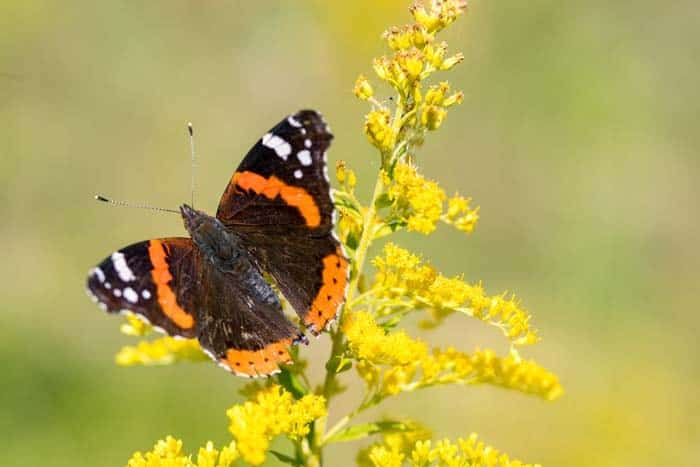
Transform your yard into a monarch magnet by incorporating stiff goldenrod into your landscaping. This resilient plant’s sturdy stems provide an ideal landing spot for these majestic creatures, which are naturally drawn to its robust flowers. The goldenrod’s rich nectar source will also attract a variety of beneficial bees and other pollinators. A bonus feature is its adaptability to challenging soil conditions, making it an excellent choice for yards with less-than-ideal growing environments.
Lantana
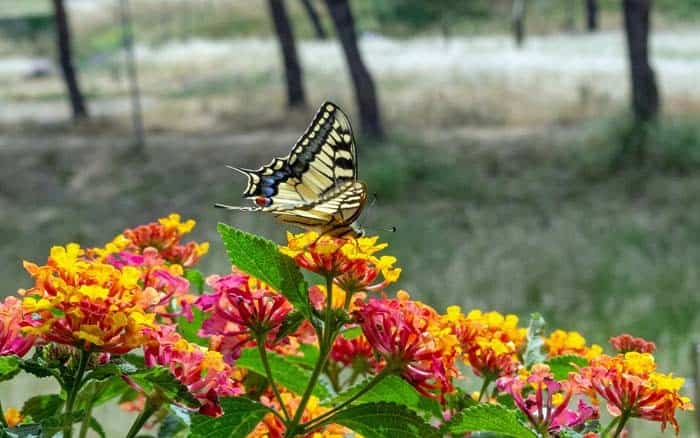
Butterflies possess an intriguing affinity for fragrances, specifically those reminiscent of nectar. By leveraging this trait, gardeners can entice these winged wonders to their outdoor spaces by planting lantana. The vibrant orange and yellow blooms of the lantana emit a sweet aroma that butterflies find irresistible, drawing them in for a snack.
With options available for both annual and perennial varieties, as well as trailing and upright forms depending on your location, incorporating lantana into your garden design is an excellent way to create a butterfly-friendly haven.
Lilac (Syringa)
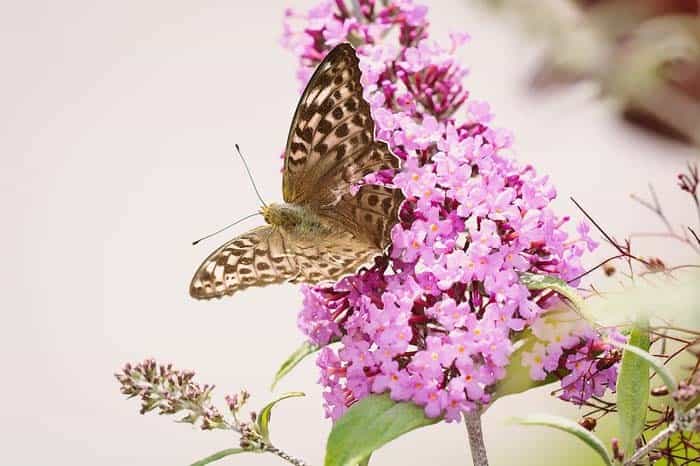
The intoxicating aroma of lilacs is unmistakable, filling the air with its sweet scent as soon as the purple blooms start to unfurl. This sensory delight is a signal for butterflies to flock to your butterfly garden, where they’ll indulge in the lush foliage and vibrant green leaves that provide a stunning backdrop throughout the year.
Marigold
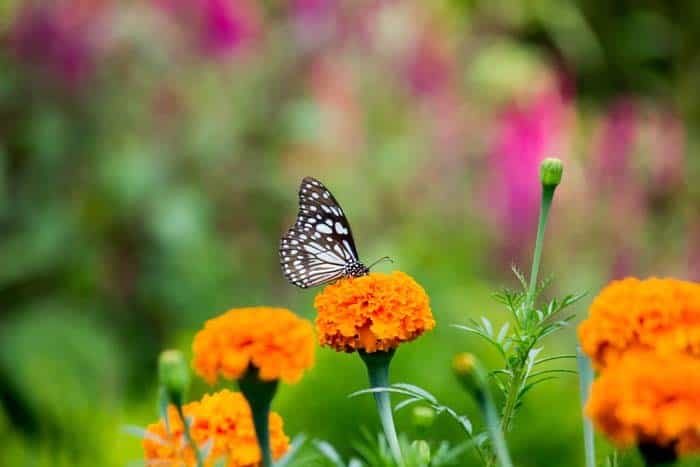
When it comes to attracting butterflies to your garden, Marigolds are an excellent choice. Their abundance of nectar and sturdy stems provide a perfect combination for supporting these beautiful creatures. When selecting plants for your butterfly garden, it’s essential to opt for the French Marigold variety, as they offer a more generous supply of nectar compared to hybrid types.
In fact, hybrid varieties may not produce enough nectar to sustain butterflies, making them less desirable for this purpose.
Mexican Sunflower Torch ( Tithonia Rotundifolia or Speciosa )
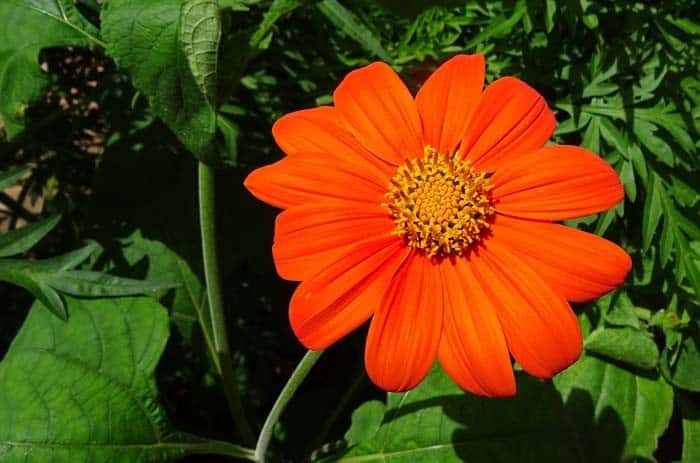
The Mexican sunflower torch is a butterfly magnet, boasting vibrant petals and a lengthy blooming season. Its sturdy stem provides a perfect perch for monarch butterflies to feast on the flower’s large center. At heights of up to 6 feet tall, these flowers are an ideal way to add vertical interest to your outdoor or indoor space.
Milkweed (Asclepias)
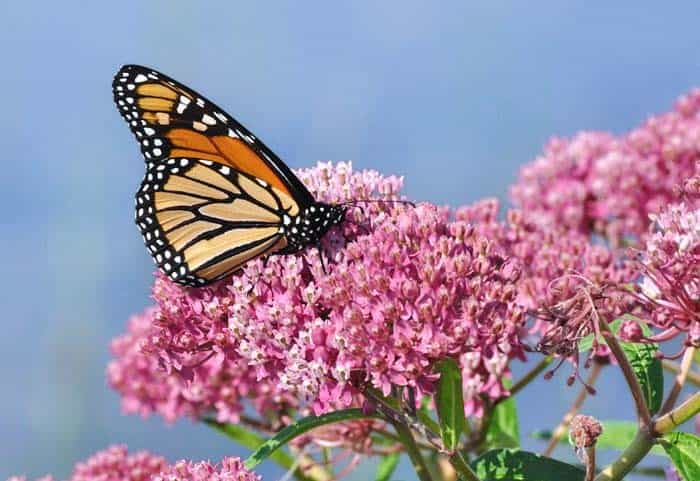
In the realm of butterfly gardening, milkweed stands out as an unsung hero. Its importance lies in being the sole food source for monarch caterpillar sustenance. While it may require a bit more effort to cultivate, as the seeds take at least a month to germinate, the payoff is well worth the wait. Once established, milkweed plants are ready to provide a vital meal for caterpillars within just two months.
Oregano (Oreganum vulgare)
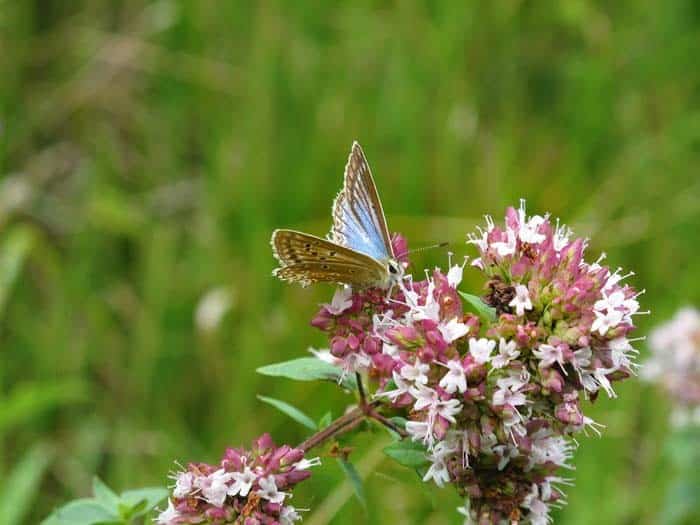
When it comes to Chef’s gardens, oregano is a staple herb that not only elevates the flavor of sauces and meats but also serves as a haven for butterflies. The delicate blooms of this versatile plant are a magnet for these beautiful creatures, drawing them in with their sweet nectar. As you plan your own garden, consider consulting with your local nursery to determine the best variety for your specific region.
While edible oregano is a popular choice among chefs and foodies, decorative oregano may be a better option if attracting butterflies is a top priority.
Garden Phlox
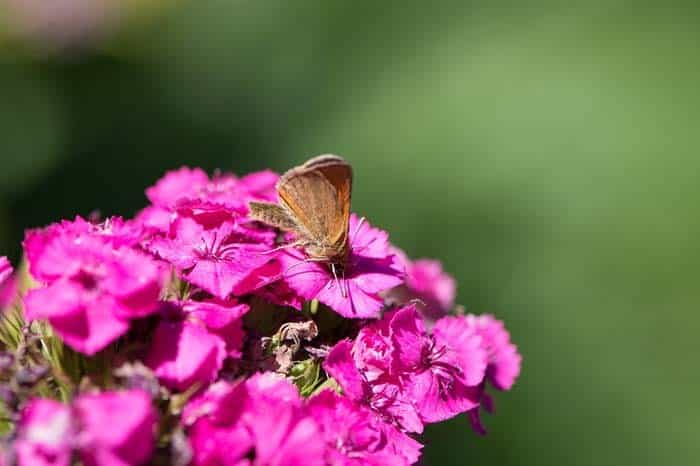
Transform your garden into a fragrant haven by incorporating the charming garden phlox. This delightful flowering plant fills the air with its sweet aroma during the summer season, attracting a variety of pollinators such as butterflies and bees. As a result, your butterfly garden will become a lively hotspot of activity throughout the warmer months, teeming with these beneficial insects.
Aster (Asteraceae)
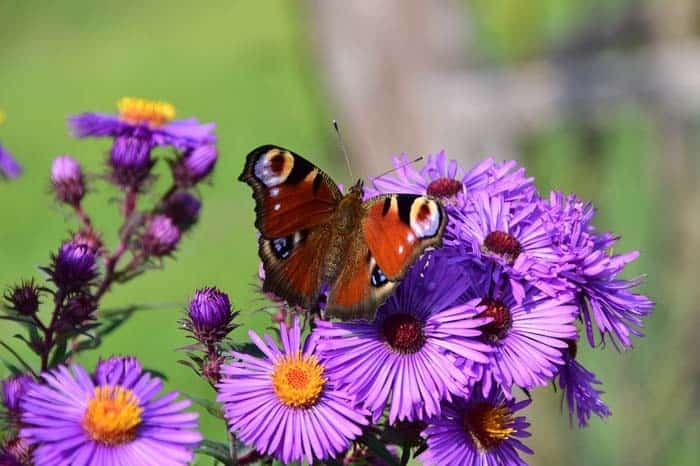
In addition to their aesthetic appeal, aster plants play a crucial role in supporting local ecosystems. As a vital food source, they provide sustenance for caterpillars and butterflies, allowing these essential pollinators to thrive. The sturdy stems of the aster plant offer sheltered havens for caterpillars, while also serving as a safe landing spot for butterflies.
Moreover, the vibrant flowers that adorn the aster’s stems come in an impressive array of colors, making them a delightful addition to any garden.
Rose of Sharon (Hibiscus syriacus)
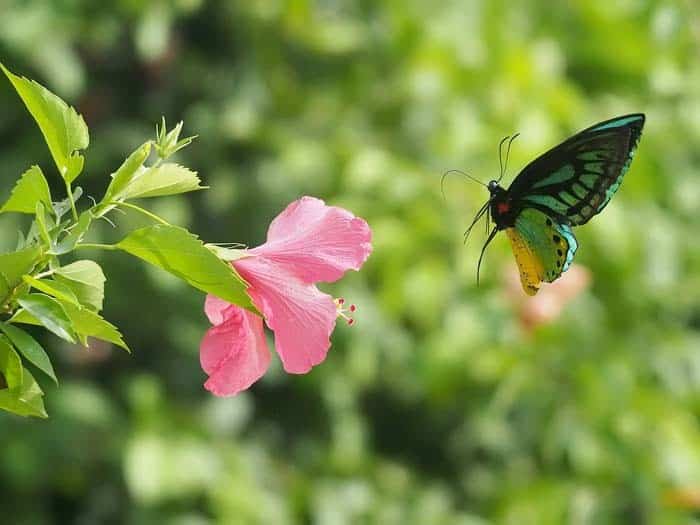
Add a whimsical touch to your cottage garden with the vintage-style Rose of Sharon. This stunning perennial produces show-stopping blooms that make a lasting impression. As a bonus, its large centers are a magnet for butterflies and bees, ensuring a lively atmosphere in your garden. What’s more, the Rose of Sharon is incredibly easy to grow, making it an ideal choice for novice gardeners looking to create a beautiful and thriving outdoor space.
Mexican Bush Sage ( Salvia Leucantha )
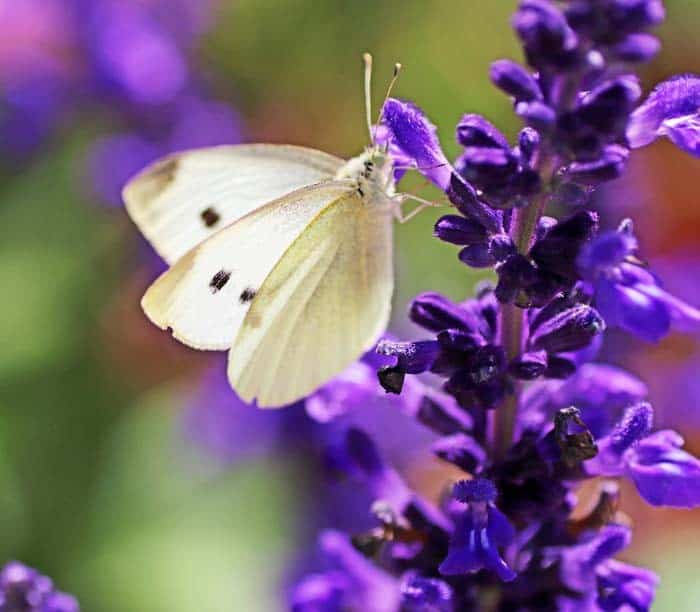
In warm climates, Mexican bush sage is a standout performer, boasting striking foliage and vibrant blooms that add height and visual interest to a garden’s layout. Its unique spiky leaves and tall stalks, adorned with tiny flowers, create a dramatic contrast against softer plantings. Furthermore, this attractive perennial attracts an array of pollinators, including butterflies and hummingbirds, making it a hub of activity throughout the summer months.
Spotted Joe Pye Weed ( Eutrochium Maculatum )
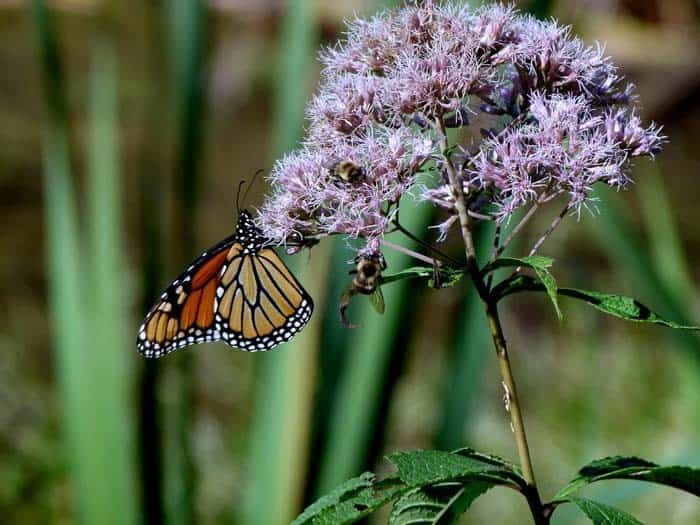
While its name might suggest otherwise, the spotted Joe Pye weed is actually a stunning addition to any garden. Its robust stems can grow up to 10 feet tall, but typically top out at around 6-8 feet. One of its most impressive features, however, is its ability to attract an array of butterflies, including majestic monarchs.
Stonecrop (Sedum)
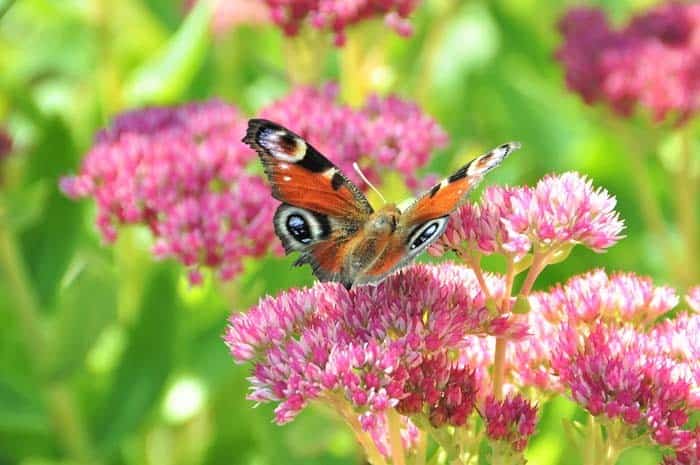
Are you fortunate enough to spot a variety of butterfly species in your neighborhood? One effective way to attract these beautiful creatures to your garden is by incorporating the stonecrop plant into your landscaping design. This low-maintenance perennial boasts robust clusters of flowers rich in nectar, making it an ideal haven for butterflies such as skippers, monarchs, painted ladies, pearl crescents, and many others.
Summersweet (Clethra alnifolia)
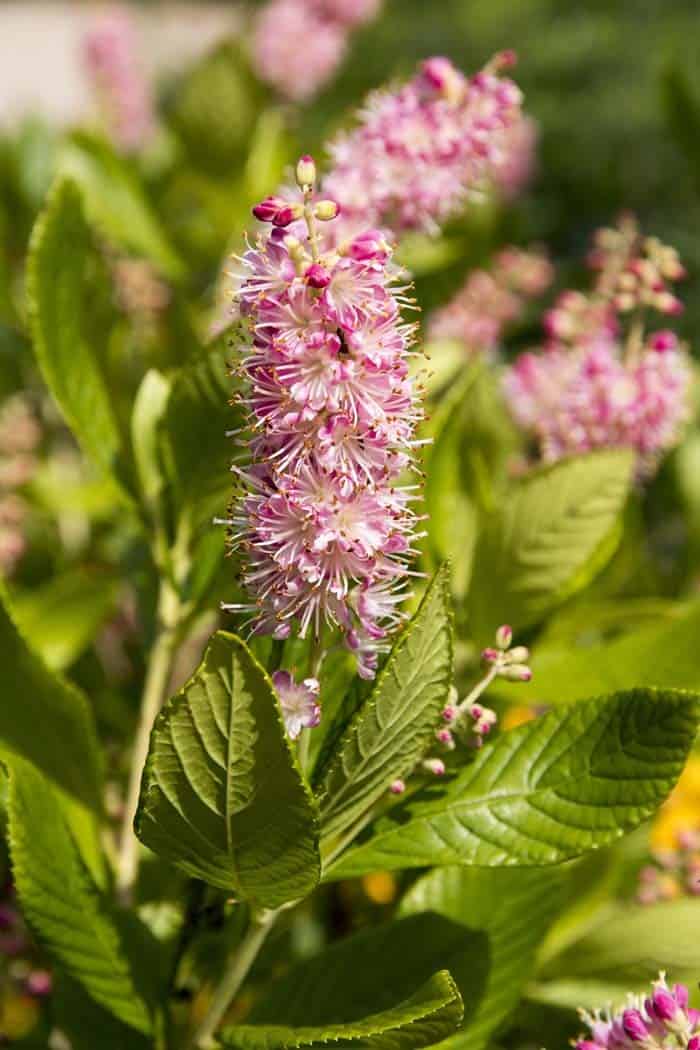
The name ‘summersweet’ already hints at its irresistible appeal: butterflies are drawn to the sweet nectar of its summer-blooming flowers. This charming plant boasts delicate, feathery spikes that bring a unique tactile element to your outdoor space, making it an attractive addition to any garden.
Pearly Everlasting (Anaphalis margaritacea)
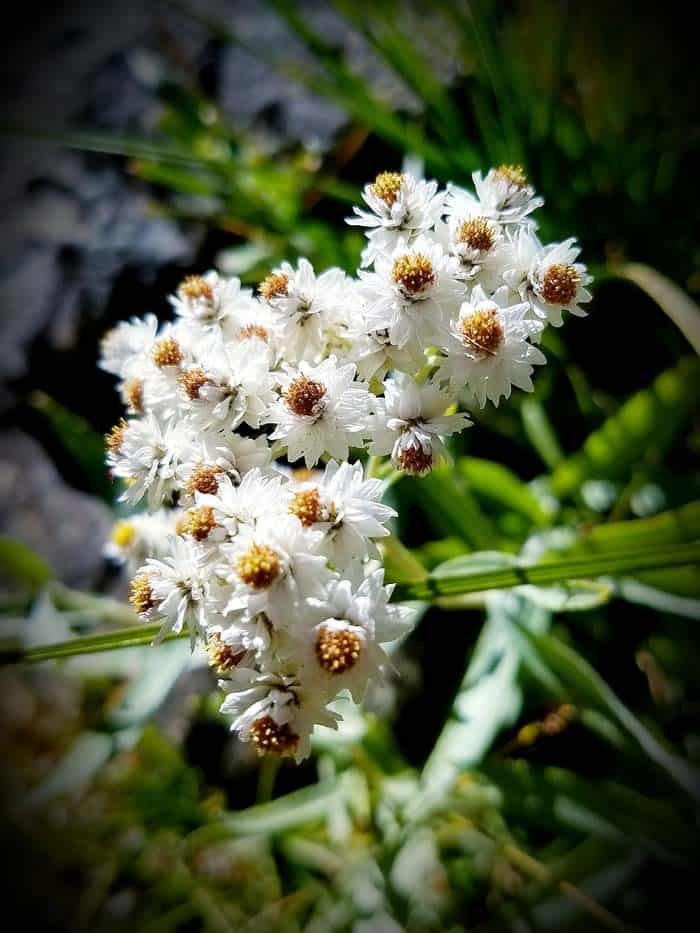
To attract caterpillars to your garden, consider planting the pearly everlasting flower. This perennial blooms with robust, abundant foliage that serves as a primary sustenance for the larvae of painted lady and American lady butterflies as they undergo metamorphosis.
Yarrow (Achillea millefolium)
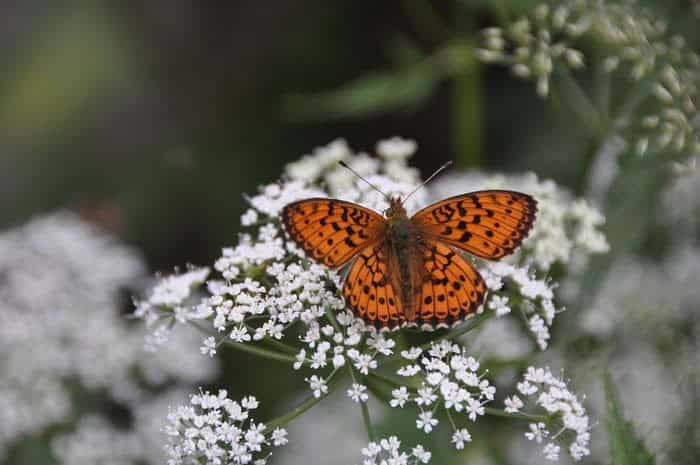
By creating a welcoming environment for butterflies, we can attract them to our gardens. One way to achieve this is by planting yarrow, which offers lush foliage that provides shelter from harsh weather conditions. As an added bonus, yarrow’s perennial nature means it requires minimal maintenance, making it a low-fuss option for gardeners.
By incorporating these butterfly-friendly plants into your landscape design, you’ll not only be creating a unique and vibrant display of colors but also providing a vital habitat for these beautiful creatures to thrive.